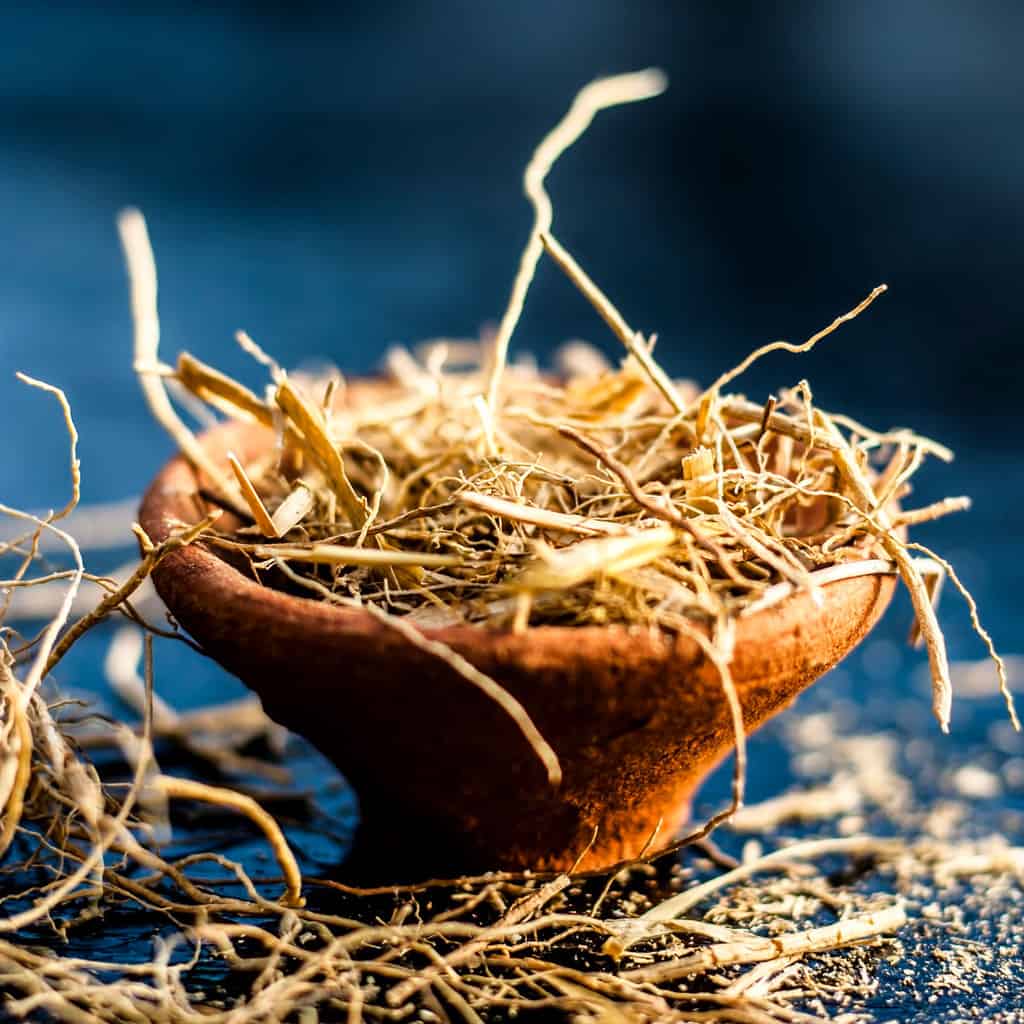Ever caught a whiff of something earthy, sophisticated, and subtly smoky, only to find yourself stumped as to its origin? Perhaps you’ve encountered the enigmatic scent of vetiver. Describing its fragrance presents a unique olfactory challenge, as vetiver boasts a complex profile that defies simple categorization. It’s more than just “grassy” or “woody”; it’s a multifaceted aroma that evokes diverse images and sensations.
Let’s embark on a comprehensive exploration of vetiver’s aromatic essence, dissecting its various facets and unveiling the secrets behind its enduring allure. From its botanical roots to its widespread use in perfumery and aromatherapy, this journey will illuminate the many dimensions of this captivating scent.
The Botanical Underpinnings: Vetiver’s Origins
Before delving into the olfactory characteristics, understanding vetiver’s botanical source provides crucial context. Vetiver, scientifically known as Chrysopogon zizanioides, is a perennial grass native to India. The fragrant oil is extracted from its intricate root system, which can grow several feet deep into the earth. This deep-rooted structure not only contributes to the plant’s resilience but also imparts a distinctive earthy quality to its aroma. The age and origin of the vetiver roots greatly influence the final scent profile, mirroring the concept of terroir in winemaking.
Deciphering the Scent Profile: A Symphony of Earthy Notes
The smell of vetiver is anything but monolithic. It’s a nuanced composition featuring several prominent notes that coalesce to create a singular experience. Its dominant character is undoubtedly earthy, reminiscent of freshly tilled soil or damp forest floors. This base note is often accompanied by a distinct woody facet, evoking the aroma of cedarwood or sandalwood. A subtle smokiness further complicates the scent, adding depth and intrigue. This smoky quality isn’t acrid or overpowering; rather, it’s a gentle whisper that enhances the overall complexity.
Consider these individual components:
- Earthy: The quintessential element, grounding the fragrance with its rich, soil-like character. Think of petrichor after a summer rain.
- Woody: Adding structure and warmth, evoking images of ancient forests and aged timber.
- Smoky: A delicate hint of smoldering embers, lending an air of mystery and sophistication.
- Green: A grassy or herbaceous undertone, reminiscent of freshly cut hay or verdant fields. This note is more pronounced in certain vetiver varieties.
- Nutty: A subtle, almost imperceptible hint of roasted nuts, adding a touch of gourmand warmth.
- Leathery: In some extractions, a faint suggestion of tanned leather emerges, imparting a masculine and rugged character.
The Impact of Extraction Methods: Refining the Scent
The method used to extract vetiver oil significantly impacts its final fragrance. Steam distillation is the most common technique, producing an oil that is generally considered to be more refined and versatile. However, other extraction methods, such as solvent extraction, can yield oils with slightly different aromatic profiles. Solvent extraction often results in a richer, more intense scent with a greater emphasis on the woody and smoky notes.
Vetiver in Perfumery: A Cornerstone Ingredient
Vetiver is a ubiquitous ingredient in perfumery, particularly in masculine fragrances. Its earthy and woody notes provide a solid foundation upon which other scents can be layered. It’s often used as a base note, adding longevity and depth to a composition. Vetiver also functions admirably as a heart note, contributing a distinctive character and complexity. It complements a wide range of other fragrance families, including citrus, spice, and floral accords. For instance, the pairing of vetiver and grapefruit is a classic combination, creating a refreshing and invigorating scent. Its versatility makes it a staple in both classic and contemporary perfumes.
Vetiver in Aromatherapy: Grounding and Balancing
Beyond its olfactory appeal, vetiver oil is also valued for its therapeutic properties in aromatherapy. It is often lauded for its grounding and calming effects, promoting relaxation and reducing stress. Its earthy aroma is believed to connect individuals to the earth, fostering a sense of stability and security. Vetiver is also used to improve focus and concentration, making it a valuable tool for meditation and mindfulness practices. Its anxiolytic properties are well-documented, making it a popular choice for individuals seeking natural remedies for anxiety and insomnia.
Subjectivity and Individual Perception: A Personal Olfactory Journey
Ultimately, the perception of scent is subjective. What one person perceives as earthy, another may describe as woody or smoky. Individual experiences and associations play a significant role in shaping our olfactory preferences. The best way to truly understand the scent of vetiver is to experience it firsthand. Seek out perfumes or essential oils that feature vetiver prominently, and allow yourself to explore its multifaceted aroma. Experiment with different vetiver varieties to discover which nuances resonate most profoundly. The journey to understanding vetiver is a personal exploration, a voyage into the realm of scent that will undoubtedly enrich your olfactory appreciation.
So, the next time you encounter that captivating aroma, you’ll be equipped to identify the distinctive and multifaceted scent of vetiver. It’s more than just a fragrance; it’s an olfactory narrative, a story told through the language of scent, a testament to the power of nature’s aromatic artistry.









Leave a Comment